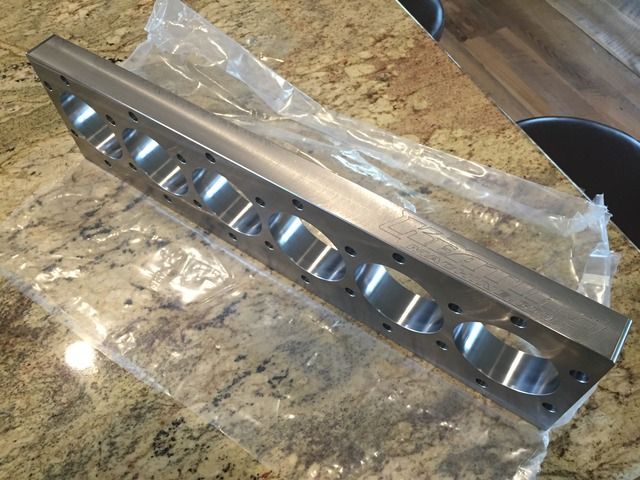r-rated diesel
New member
- Joined
- Oct 6, 2011
- Messages
- 1,345
Summit Racing
Turbonetics 20816p
Thank you sir!
Summit Racing
Turbonetics 20816p
That looks good, more the better to an extent. 6 to 6.5 positive is a good starting point. The more caster the more the truck will want to go straight and the more it will load the rear tires if you get out of shape and have to correct.


Nice, beautiful pieces. When I saw the pic I thought you were going to say you decided to build a deck plate engine.
Me first. Me first. How much is the rental amount?
Like the links. I'm planning on doing it similarly. I've seen where the rock crawler guys are starting to use aluminum rod for links. I'm curious of the weight difference vs chromoly.
The pro mods I see all run chromoly links.
When in doubt, look to what 260mph door cars run. They have it figured out. I just wish they had some 4x4 pro mods i could look at. Oh well.

